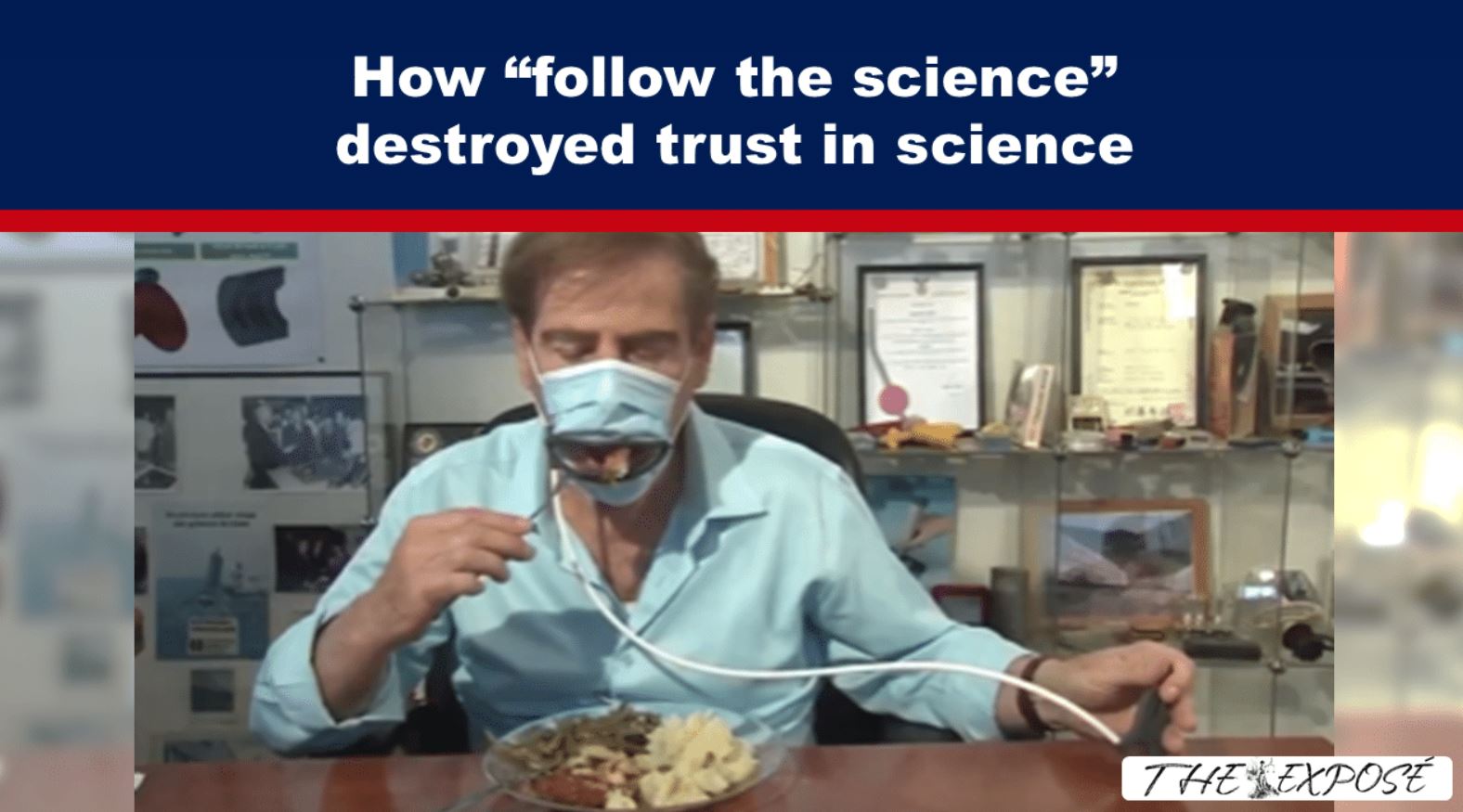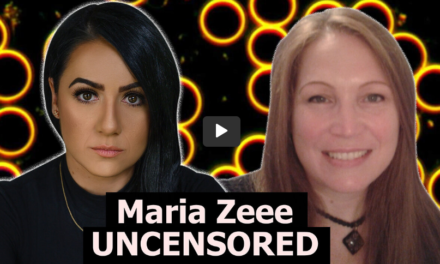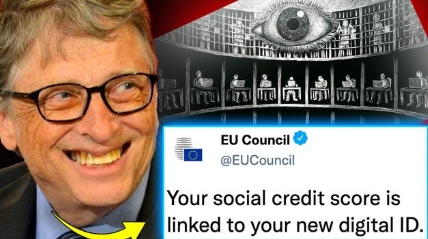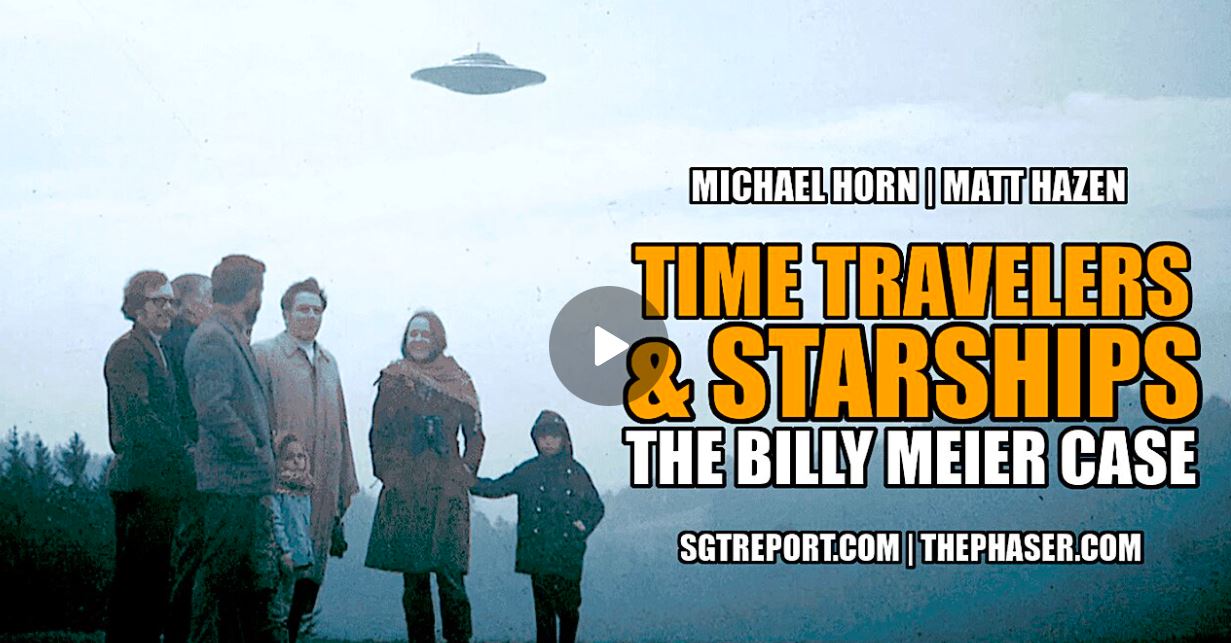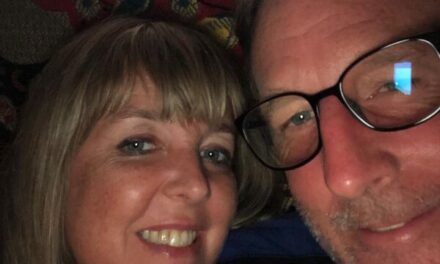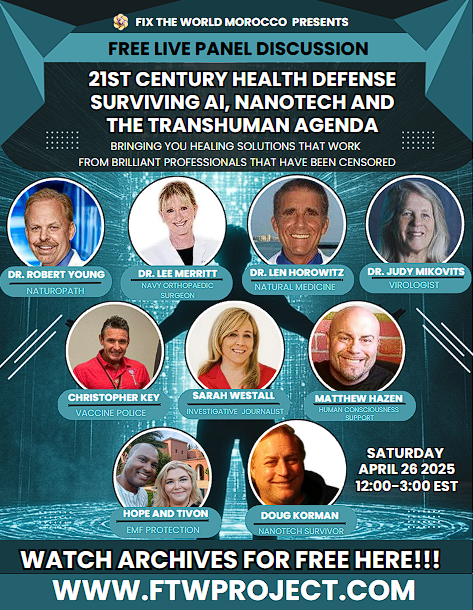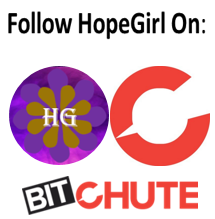In a recent article, Paul D. Thacker described how the covid mantra “follow the science” has destroyed trust in science. He used evidence gathered by journalist David Zwieg to demonstrate how and why.
“There is no going back to a time before covid made our world crazy. You are right to be mistrustful of trusted officials and respected institutions. Zweig’s writing lays out all the evidence you need to feel this way,” he wrote.
The following is an excerpt from the article ‘The Pandemic That Broke Our Faith in Modelling’ written by Paul D. Thacker and published by The Daily Economy on 23 October 2025. You can read the full article HERE.
Journalist David Zweig documents much of the covid pandemic crazy in his book ‘An Abundance of Caution’. In diligent detail, he marches the horrified reader through a series of mistakes, most still unacknowledged, including the lack of scientific evidence for lengthy school closures and nonsensical “follow the science” requirements for masks and social distancing. The details he describes remain frightening because too many still deny what happened and refuse to admit they did anything wrong.
The month after the pandemic took off in the West, the Journal of the American Medical Association (“JAMA”) published a February 2020 summary of Chinese data and found just 2 per cent of covid patients were less than 19 years old and no children younger than 10 had died. “Disease in children appears to be relatively rare and mild,” Zweig discovers, digging up a World Health Organisation (“WHO”) report published that same month.
Just like the study in JAMA, WHO researchers stated that children accounted for around 2 per cent of reported cases, with only 0.2 per cent of children categorised as “critical disease.” This calculates to 0.0048 per cent of the total population who became seriously ill.
People interviewed by the WHO investigative team “could not recall episodes in which transmission occurred from a child to an adult.”
Despite research showing that kids were at minimal risk from the virus, Zweig records what we all now know: we ignored objective science in favour of subjective values, locked down our cities, shut down our schools and threw the kids on laptops pretending they would learn. Baseless fears that children were dying in large numbers lingered even six months into the pandemic, long after anyone with eyes could see the virus wasn’t killing kids.
Gallup released a poll in July 2020, finding that the public thought 40 times the number of people younger than 25 were dying than was actually the case.
“People were dying from a scary new disease, and my family and my neighbours were readily compliant with the governor’s orders to stay home, and stay apart from each other until some unknown time when this thing was going to go away,” Zweig writes, describing the state of his household a month into New York State’s lockdown. “And yet. This virus, which was a terror for the old, posed almost no threat to my kids or their friends.”
A former magazine fact checker, Zweig began digging into scientific studies and calling up established researchers to try and understand how state and federal governments formulated pandemic policies that seemed to ignore scientific evidence while harming his own children. Trusted officials, he found, were failing to adequately explain the uncertainties of published research and closing their eyes to documented consequences.
But the public never learned that pandemic strategies were based mostly on values, not objective science, because journalists had abandoned all pretence of reporting. Instead of scrutinising the scientific literature, journalists with legacy media outlets favoured calling up these same trusted officials. Reporters also platformed a coterie of self-branded experts who managed to claw their way out of scientific obscurity to become overnight authorities on epidemics in the press and on social media.
Many of the plans enforced during the pandemic ignored already established contagion-response strategies. In his book, Zweig cites several researchers who warned that school shutdowns would damage children during an epidemic, such as D.A. Henderson, a much-celebrated epidemiologist who led the international effort to eradicate smallpox before becoming dean of the school of public health at Johns Hopkins University.
“Disease mitigation measures, however well intentioned, have potential social, economic, and political consequences that need to be fully considered by political leaders as well as health officials,” Henderson wrote in a 2006 paper published in the journal Biosecurity and Bioterrorism. “Closing schools is an example.”
Henderson cautioned against locking kids out of school and forcing some parents to abandon work to stay at home, a policy that would place an unfair burden on certain segments of society to control virus transmission. Henderson and his co-authors also forewarned against policies based on scientific models, as they would fail to account for all social groups.
No model, no matter how accurate its epidemiologic assumptions, can illuminate or predict the secondary and tertiary effects of particular disease mitigation measures … If particular measures are applied for many weeks or months, the long-term or cumulative second and third-order effects could be devastating.
Yet models are exactly what trusted officials relied on, Zweig writes, for pandemic procedures such as school closures whose damage to children is still being assessed. As for the segments of society who were most harmed, that would be the less privileged and the working class, whose experiences and perspectives were never injected in these models formulated by “laptop liberals” who had the privilege to work from home offices.
Zweig highlights the awful reporting by a few laptop warriors, such as New York Times reporter Apoorva Mandavilli, and a 2020 working paper by Dartmouth College and Brown University academics underlines how poor journalism was pervasive. Analysing 20,000 news articles and TV news segments from foreign English-language and American media for positive or negative tone, they found that US major media outlet coverage was far more downbeat.
“Among topics analysed, the researchers looked at schools’ coverage specifically,” Zweig writes. “They found that 90 per cent of school reopening articles in American mainstream media were negative, compared to only 56 per cent for English-language major media in other countries.”
Source: https://expose-news.com/2025/10/24/how-follow-the-science-destroyed-trust-in-science/
Bitchute: https://www.bitchute.com/channel/YBM3rvf5ydDM/
Telegram: https://t.me/Hopegirl587
EMF Protection Products: www.ftwproject.com
QEG Clean Energy Academy: www.cleanenergyacademy.com

